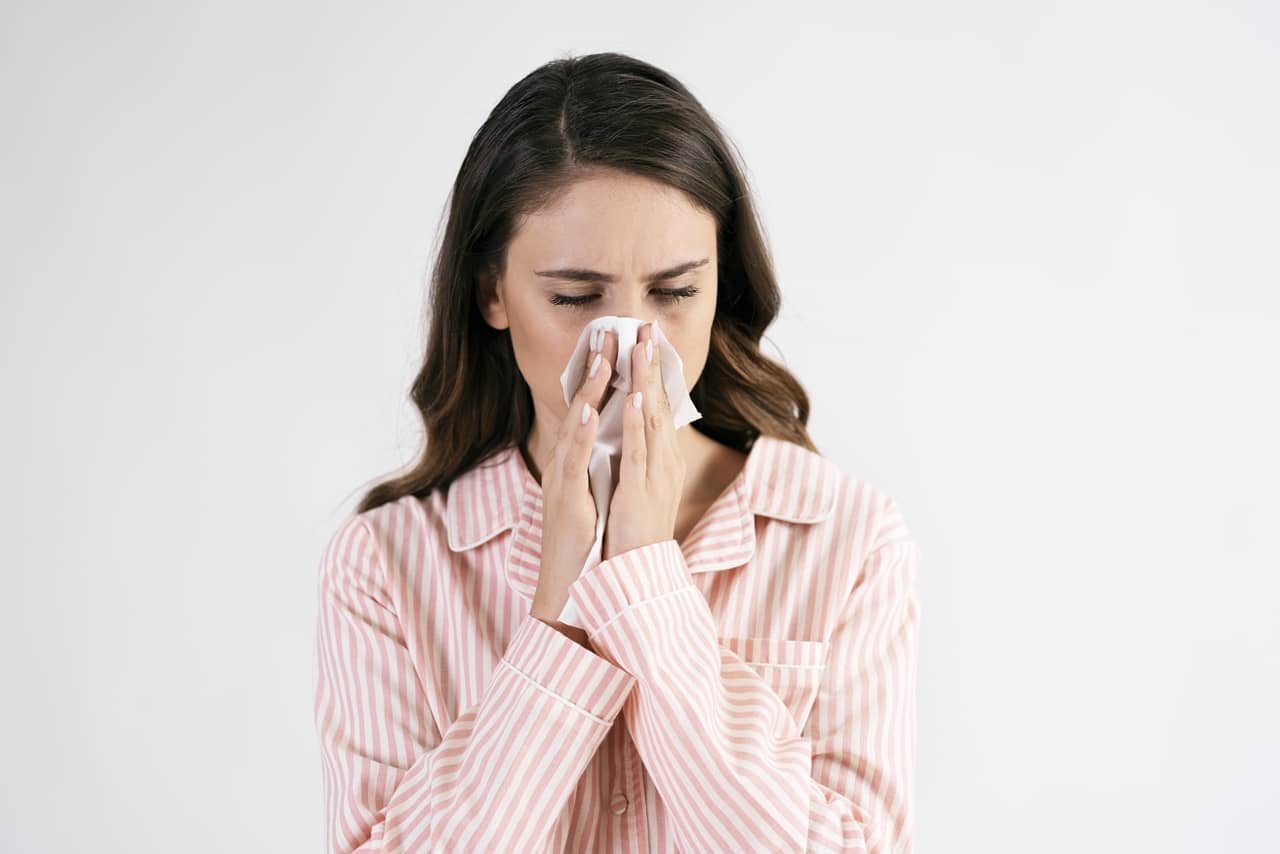What Is Ear Wax?
Ear wax, also known as cerumen, is a waxy substance produced by the ear canal. It serves as a protective barrier against dirt, dust, and bacteria, preventing them from entering the inner ear. However, too much ear wax can cause hearing problems, discomfort, and even infections. In this article, we will discuss the causes, symptoms, and treatments of ear wax buildup and removal.
What Are The Causes of Ear Wax Buildup?
Ear wax buildup can occur due to a variety of reasons, including:

- Overproduction of ear wax: Some people produce more ear wax than others, making them more prone to ear wax buildup.\
- Narrow ear canals: If you have narrow ear canals, ear wax can easily get trapped and accumulate.
- Using earbuds or earplugs: Using earbuds or earplugs can push ear wax deeper into the ear canal, making it harder to remove.
- Aging: As we age, the consistency of ear wax changes, making it harder to naturally work its way out of the ear canal.
What Are The Symptoms of Ear Wax Buildup?
The symptoms of ear wax buildup can vary from person to person, but some common signs include:
- Hearing loss: Excessive ear wax can block the ear canal, leading to a reduction in hearing ability.
- Earache: When ear wax buildup causes pressure on the eardrum, it can result in pain.
- Tinnitus: A ringing, buzzing, or whistling sound in the ear can be a sign of ear wax buildup.
- Itching: Ear wax buildup can cause itching, discomfort, and irritation in the ear.
How To Remove Ear Wax?
Ear wax removal should be done by a qualified medical professional, such as an audiologist or an ENT specialist. Here are some methods commonly used for ear wax removal:

- Ear Drops: Over-the-counter ear drops can be used to soften the ear wax, making it easier to remove.
- Irrigation: A syringe is used to flush out the ear wax with warm water.
- Microsuction: A tiny suction device is used to gently remove the ear wax from the ear canal.
- Curettage: A small, spoon-shaped instrument called a curette is used to scoop out the ear wax.
It is important to note that some methods of ear wax removal, such as using cotton swabs or inserting foreign objects into the ear canal, can cause further damage to the ear and should be avoided.
Prevention of Ear Wax Buildup
While some people may be more prone to ear wax buildup than others, there are steps you can take to prevent excessive ear wax accumulation:
- Avoid using cotton swabs or other foreign objects in the ear canal.
- Keep your ears clean by washing the outside of your ears with soap and water.
- Dry your ears thoroughly after swimming or showering.
- Use earplugs when swimming to prevent water from entering the ear canal.
What Dissolves Ear Wax Fast?
It is not recommended to use any home remedies or chemical substances to dissolve ear wax fast without consulting a medical professional first. Over-the-counter ear drops can be used to soften the ear wax, but it is important to follow the instructions carefully and use them only as directed. Additionally, some people may be more prone to ear wax buildup than others and may require more frequent ear cleaning or the assistance of a qualified medical professional for ear wax removal. Using cotton swabs or other foreign objects to clean the ears can push ear wax further into the ear canal and cause damage, so it is best to avoid these methods. If you are experiencing symptoms of excessive ear wax buildup, it is important to seek the help of a qualified medical professional for safe and effective removal.
How Can I Remove My Ear Wax?
It is important to note that ear wax removal should be done by a qualified medical professional, such as an audiologist or an ENT specialist. Some methods commonly used for ear wax removal include:
- Ear drops: Over-the-counter ear drops can be used to soften the ear wax, making it easier to remove.
- Irrigation: A syringe is used to flush out the ear wax with warm water.
- Microsuction: A tiny suction device is used to gently remove the ear wax from the ear canal.
- Curettage: A small, spoon-shaped instrument called a curette is used to scoop out the ear wax.
It is important to avoid using cotton swabs or other foreign objects in the ear canal, as they can push ear wax further into the ear and cause damage. If you are experiencing symptoms of excessive ear wax buildup, it is important to seek the help of a qualified medical professional for safe and effective removal. They can determine the best method of ear wax removal based on your specific situation and provide you with guidance on how to prevent ear wax buildup in the future.
Can You Remove Ear Wax On Your Own?

It is not recommended to remove ear wax on your own as it can be dangerous and cause damage to the ear canal or eardrum. Using cotton swabs, hairpins, or other objects to remove ear wax can push it further into the ear canal, making the blockage worse and potentially damaging the delicate structures of the ear. Additionally, inserting objects into the ear can cause cuts, scratches, or infections that can lead to hearing loss, tinnitus, or even a perforated eardrum.
If you are experiencing symptoms of excessive ear wax buildup, it is best to seek the help of a qualified medical professional for safe and effective removal. They have the necessary tools and training to safely remove ear wax and can determine the best method of ear wax removal based on your specific situation. Additionally, they can provide you with guidance on how to prevent ear wax buildup in the future.
Is It Painful to Remove Ear Wax?
The ear wax removal process is typically not painful, but it can be uncomfortable or ticklish. However, everyone’s experience may be different depending on the severity of the ear wax buildup and the method used for removal.
For instance, if you have an ear infection, perforated eardrum, or other ear problems, the ear wax removal process may be more uncomfortable or even painful. In such cases, the medical professional will take extra care to ensure that the process is as comfortable and painless as possible.
In general, the methods used for ear wax removal, such as ear drops, irrigation, microsuction, or curettage, are designed to be minimally invasive and gentle. If you experience any pain or discomfort during the ear wax removal process, it is important to inform the medical professional immediately so they can take appropriate action.
Conclusion
Ear wax buildup is a common problem that can cause discomfort and hearing problems. If you are experiencing symptoms of ear wax buildup, it is important to seek the help of a qualified medical professional for safe and effective removal. By following proper ear hygiene practices, you can help prevent excessive ear wax buildup and maintain good ear health.
- What Is Three Finger Test ENT? A Comprehensive Guide to Precise Diagnosis
- Say Goodbye to Ear Wax Buildup with Safe and Effective Ear Wax Removal Methods
- Who Are The Best ENT Specialist Doctors In India? Unbelievable Facts, Must Check
- How To Get Caritas Hospital Doctors Online Booking?
- Which Ent Doctor Near Me Open Now? Just Check Inside To Get Your ENT Doctor
- How To Find The Best ENT Specialist In Pune?
- How To Choose ENT Specialist in Guwahati?
- Who Is The Best ENT Doctor In Hyderabad?
- Which Doctor Should You Consult For Hearing Problem?
- Dr. Subrata Chandra Paul, Ent Doctor Clinic in Silchar















